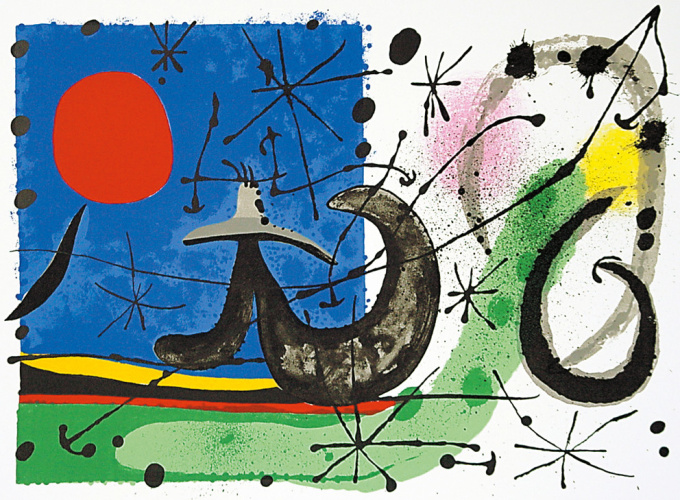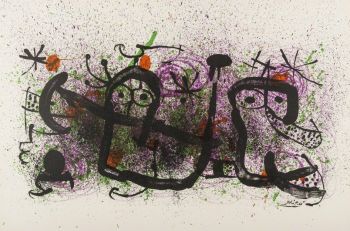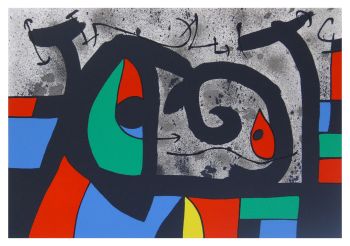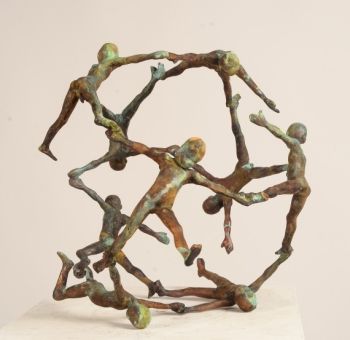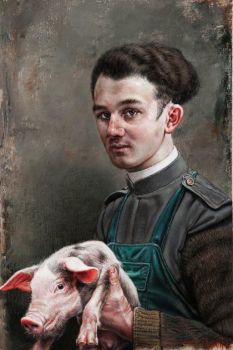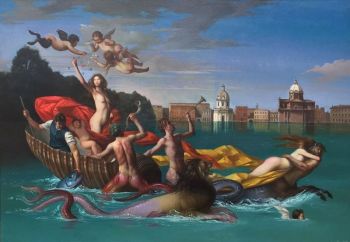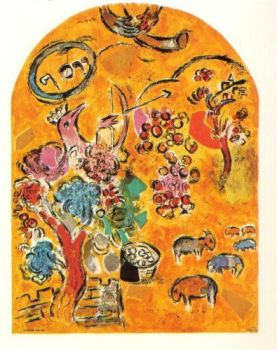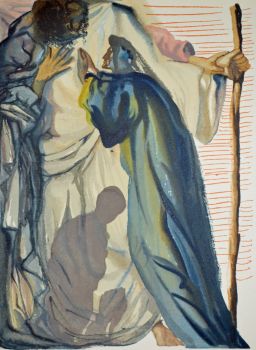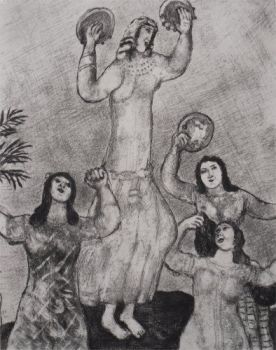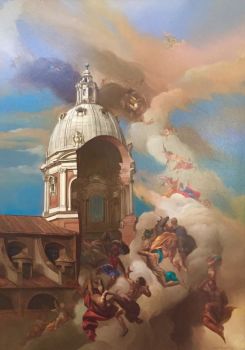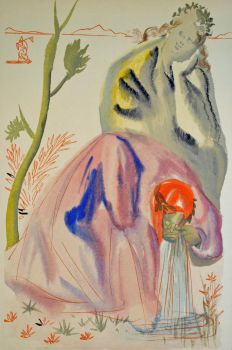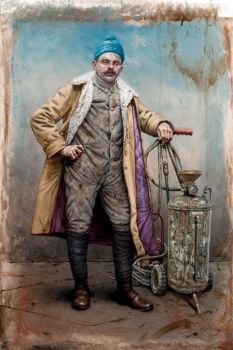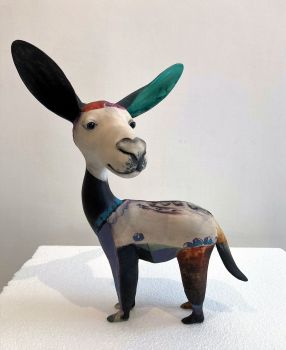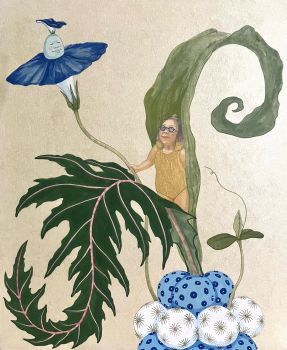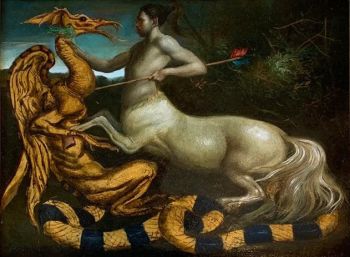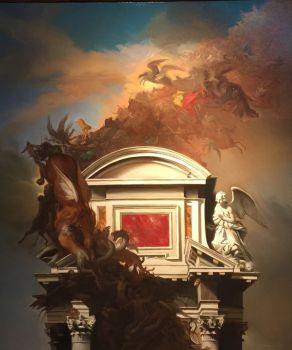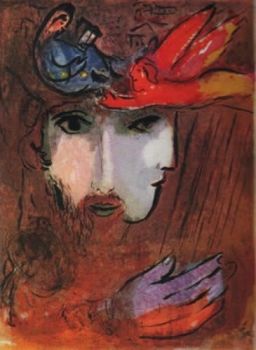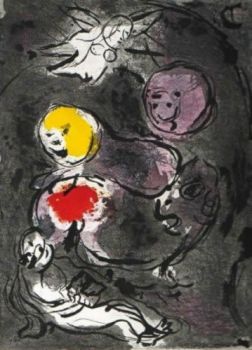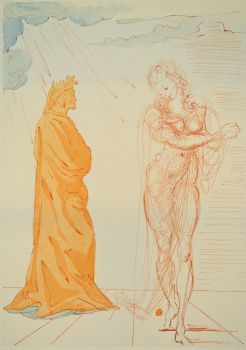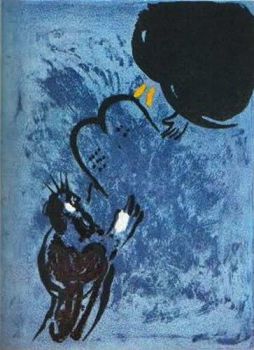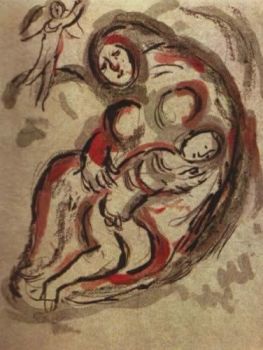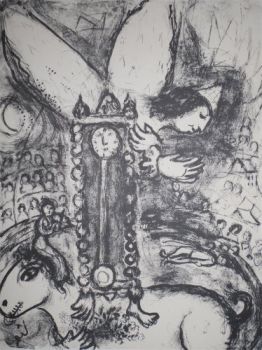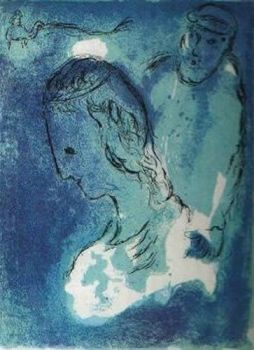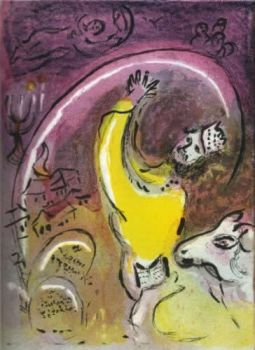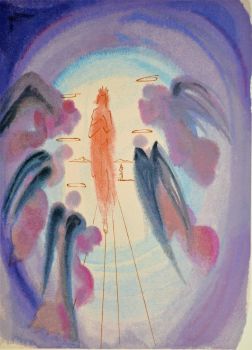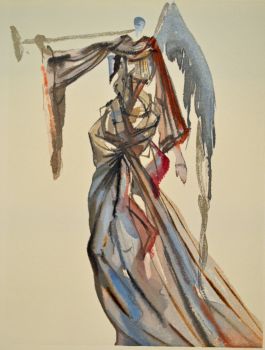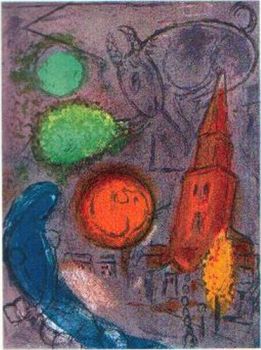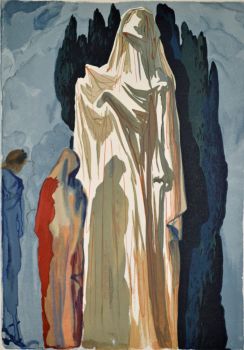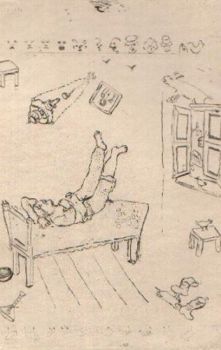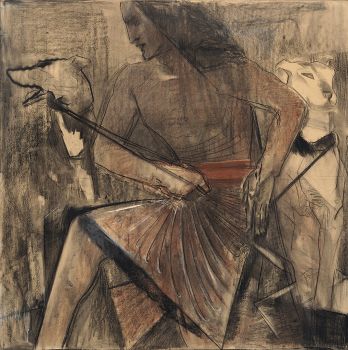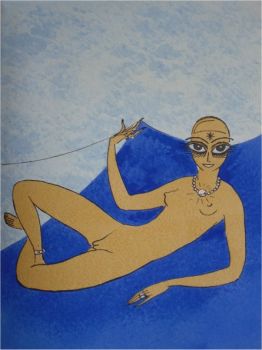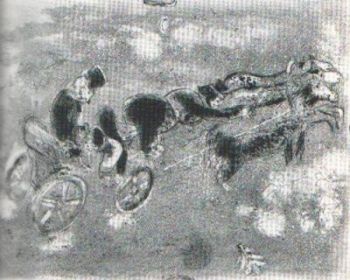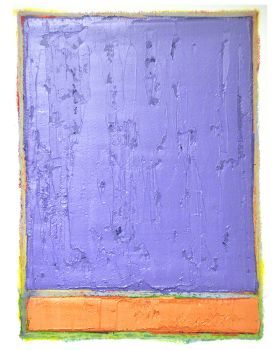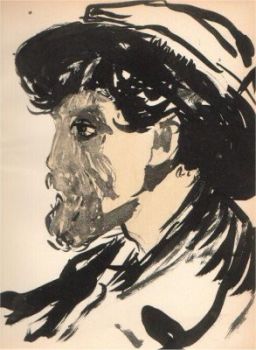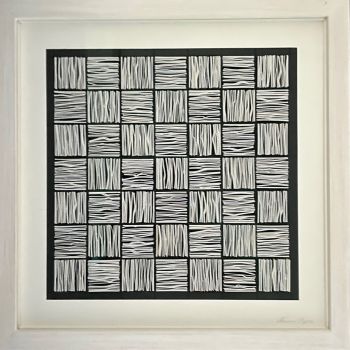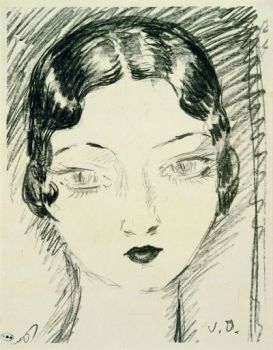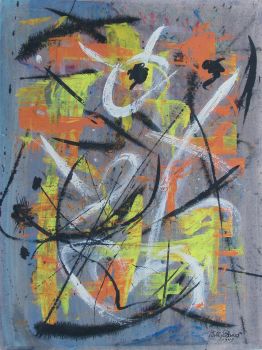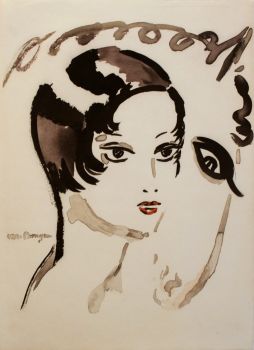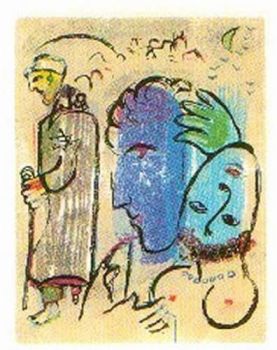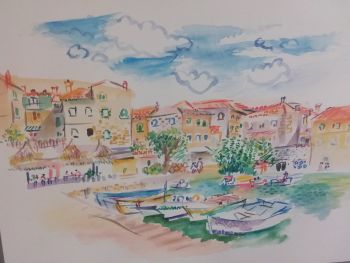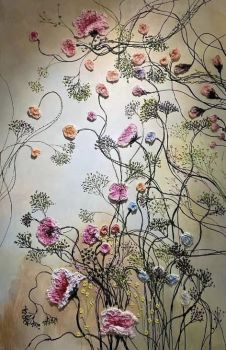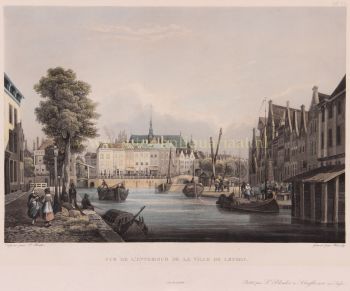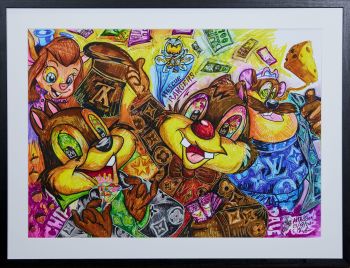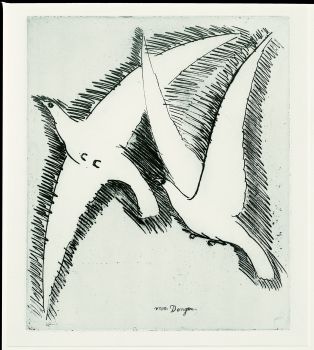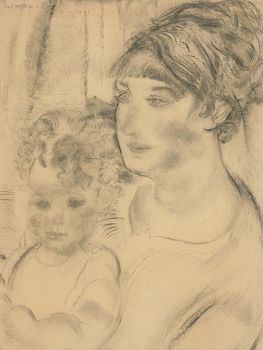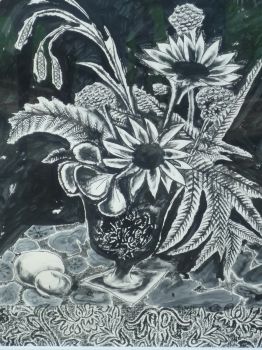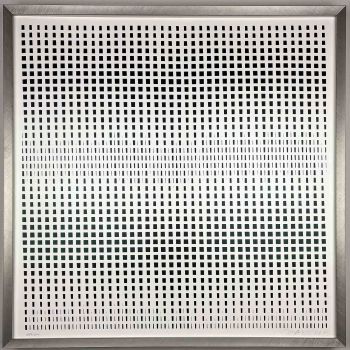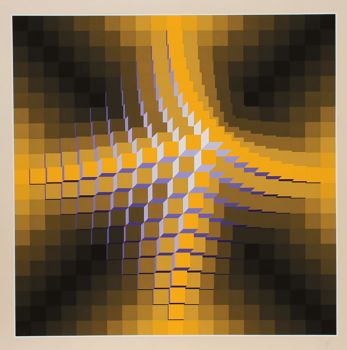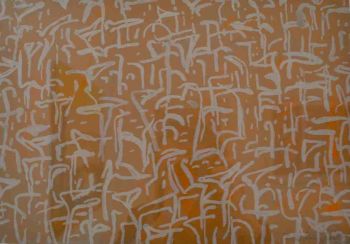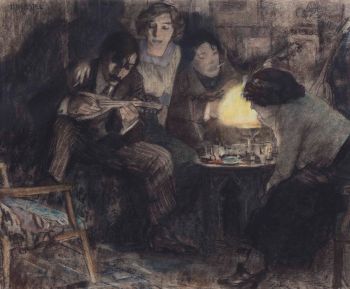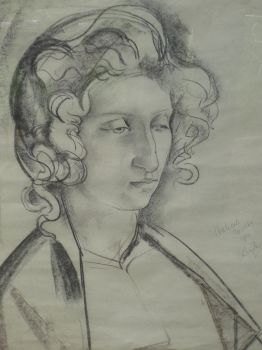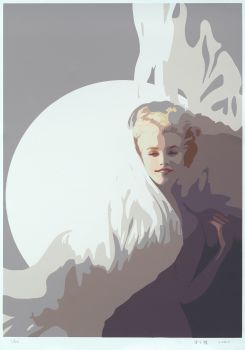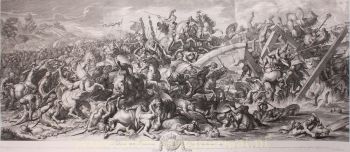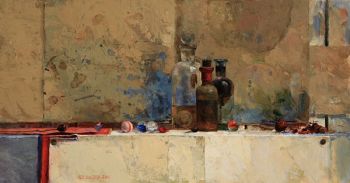The Lizard with the Golden Feathers 1967
Joan Miró
EncrerPapier
33 ⨯ 48 cm
ConditionExcellent
Actuellement indisponible via Gallerease
- Sur l'oeuvre d'artmedium: lithograph
printed by: Mourlot, Paris
reference: Mourlot 446
From the edition of 80 unsigned test proofs, distributed before the cancellation of the original Le Lezard aux Plumes d'or Suite. Printed by the Atelier Mourlot, Paris.
In 1967, Joan Miro created 18 original color lithographs to accompany his poem "The Lizard with the Golden Feathers". Some time after the circulation of these original prints, Miro noticed a manufacturing defect in the paper and decided to stop the circulation of the Le Lezard aux Plumes d'or series (Maeght 445-462). Only the works already in circulation survived as well as the test proofs that had been sent to certain galleries for their catalogues. The complete number of survived prints is unknown but it is estimated that there would be, for every plate: 80 tests aside from the signed and numbered edition.
Since the original stones from the Le Lezard aux Plume d'or Portfolio had been obliterated, they could not proceed with a new circulation of the same compositions, and so Joan Miro created a second Lizard with the Golden Feathers Suite with new lithographs in 1971 (Maeght 789 - 828). - Sur l'artisteJoan Miró était un peintre, sculpteur, graphiste et céramiste espagnol de Catalogne. Il est considéré comme l'un des plus grands surréalistes. Miró était le fils d'un orfèvre et horloger. Au départ, il a suivi une formation professionnelle, mais en 1912, il a commencé une éducation artistique à Barcelone. En 1920, il s'installe à Paris où il suit des cours à l'Académie de la Grande Chaumière. À Paris, Miró se lie d'amitié avec Picasso, Max Ernst, Hans Arp et Magritte et passe sous l'influence du cubisme. Comme Picasso et Georges Braque, Miró n'a jamais poursuivi les conclusions du cubisme pour compléter l'abstraction. Ses formes, aussi aliénantes soient-elles, renvoient toujours à la réalité - à la réalité concrète, ou à la réalité telle qu'elle existe pendant le rêve.
Artwork details
Catégorie
Style
Matériel & technique
Couleur
Related artworks
- 1 - 3 / 3
- 1 - 4 / 24
- 1 - 4 / 24
- 1 - 4 / 24

